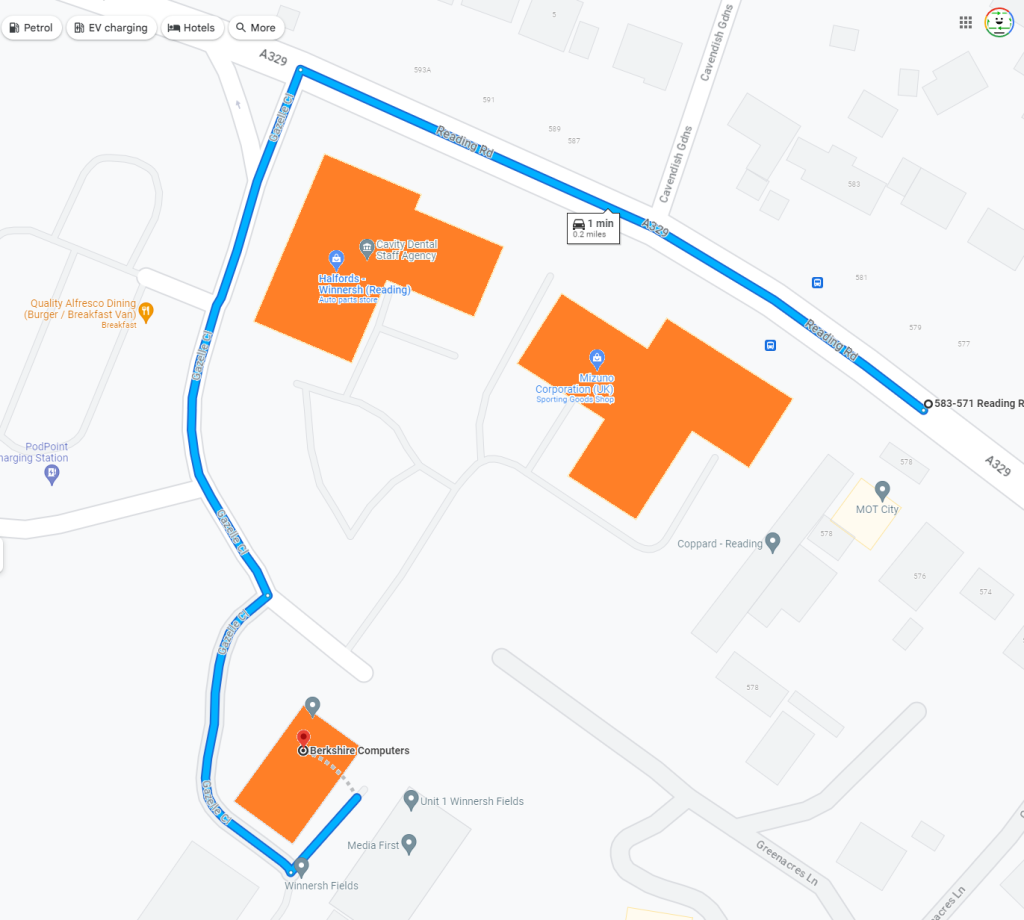Troubleshooting Your Laptop: Issues After SSD Failure
If you own an Acer Nitro 5 AN515-43 and are experiencing booting issues following an SSD failure, you’re not alone. Many users encounter similar challenges, especially when dealing with hardware malfunctions. Here’s a detailed account of one such case to help guide you through your troubleshooting process.
The Initial Warning Sign
Not long ago, I received a critical alert regarding my laptop’s SSD, indicating that the subsystem was degraded. After verifying this through the Western Digital (WD) diagnostic tool, it was confirmed that a replacement was necessary. Understanding the importance of my data, I took the precaution of backing everything up before proceeding with any further actions.
The Booting Dilemma
A month later, I attempted to boot my laptop, only to be greeted by the Acer logo, followed by a disheartening message: “Windows couldn’t load properly.” The booting process frequently would freeze, which was frustrating. In an effort to resolve the issue, I attempted to install Windows 11 using a bootable USB drive, but alas, the installation halted as well.
Persistence did pay off – after several attempts of powering the laptop on and off, I managed to get Windows installed, yet the underlying boot issues remained clearly unresolved. It was evident that my SSD had reached the end of its lifecycle.
The Replacement SSD and New Challenges
After a few days, I replaced the failing SSD with a new one, hopeful for a smooth recovery. However, a new issue surfaced. Upon powering up the laptop, the display remained blank after the fan initiated and the indicator lights flashed. Despite my efforts to resolve this – including reseating the RAM and removing and reinserting the battery – the problem persisted.
Seeking Solutions
If you find yourself in a similar predicament, here are a few potential causes and steps you might consider:
-
Power Reset: Sometimes, performing a full power reset can help. Disconnect the charger, remove the battery if possible, and hold down the power button for about 15 seconds.
-
RAM Check: Ensure the RAM modules are properly seated and try booting with just one module in place, swapping them to identify any possible faulty units.
-
Display Connection: Check if the issue is related to the display. Connecting the laptop to an external monitor can help determine if it’s a screen problem or something more serious.
-
Test the New SSD: Make
Share this content:



